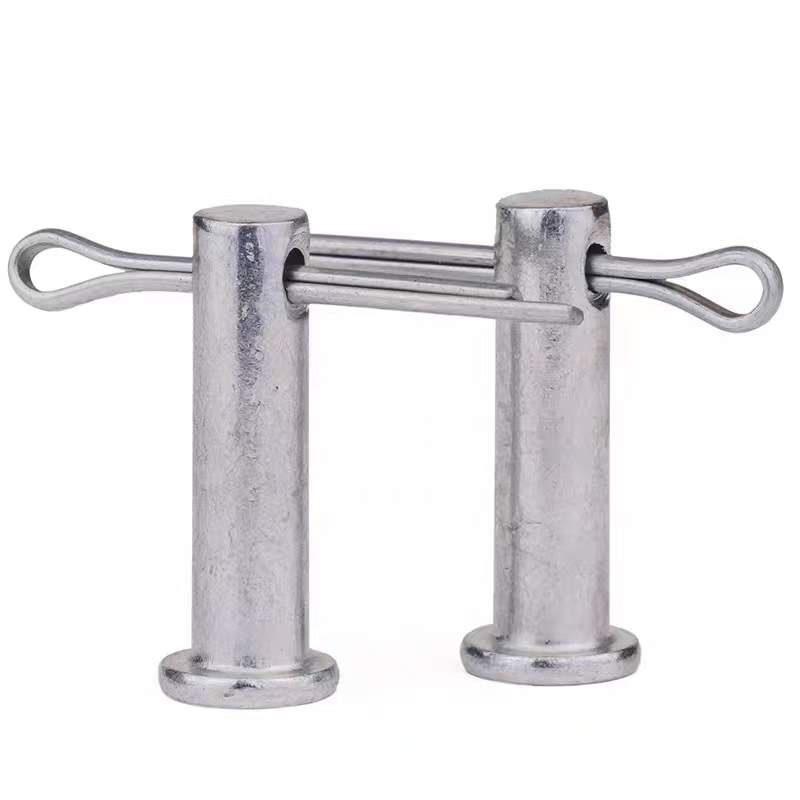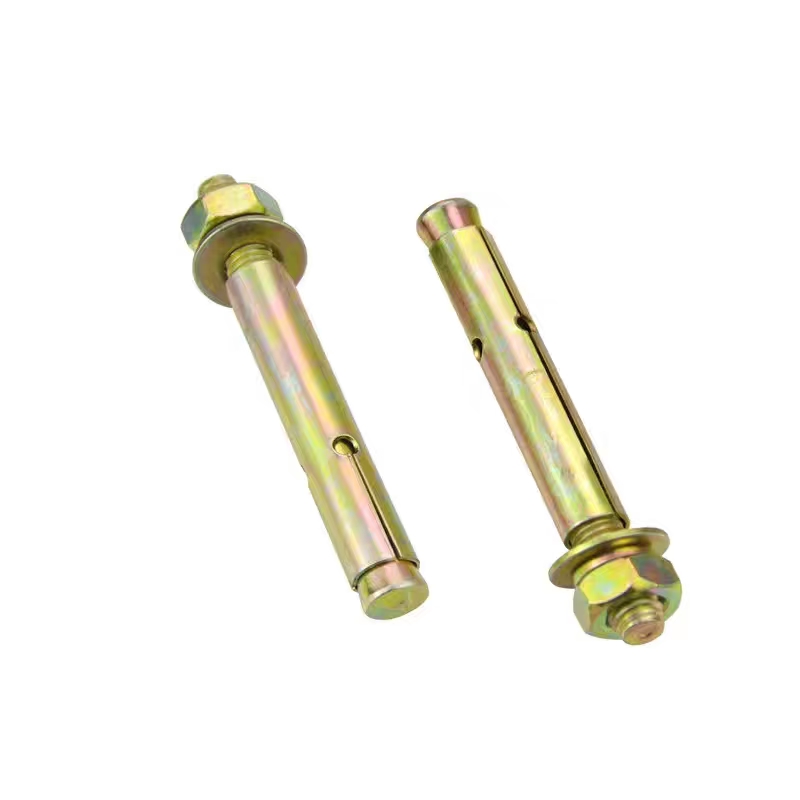- Chinese
- French
- German
- Portuguese
- Spanish
- Russian
- Japanese
- Korean
- Arabic
- Irish
- Greek
- Turkish
- Italian
- Danish
- Romanian
- Indonesian
- Czech
- Afrikaans
- Swedish
- Polish
- Basque
- Catalan
- Esperanto
- Hindi
- Lao
- Albanian
- Amharic
- Armenian
- Azerbaijani
- Belarusian
- Bengali
- Bosnian
- Bulgarian
- Cebuano
- Chichewa
- Corsican
- Croatian
- Dutch
- Estonian
- Filipino
- Finnish
- Frisian
- Galician
- Georgian
- Gujarati
- Haitian
- Hausa
- Hawaiian
- Hebrew
- Hmong
- Hungarian
- Icelandic
- Igbo
- Javanese
- Kannada
- Kazakh
- Khmer
- Kurdish
- Kyrgyz
- Latin
- Latvian
- Lithuanian
- Luxembou..
- Macedonian
- Malagasy
- Malay
- Malayalam
- Maltese
- Maori
- Marathi
- Mongolian
- Burmese
- Nepali
- Norwegian
- Pashto
- Persian
- Punjabi
- Serbian
- Sesotho
- Sinhala
- Slovak
- Slovenian
- Somali
- Samoan
- Scots Gaelic
- Shona
- Sindhi
- Sundanese
- Swahili
- Tajik
- Tamil
- Telugu
- Thai
- Ukrainian
- Urdu
- Uzbek
- Vietnamese
- Welsh
- Xhosa
- Yiddish
- Yoruba
- Zulu
- Kinyarwanda
- Tatar
- Oriya
- Turkmen
- Uyghur

China Colored zinc-plated pin shaft
Understanding China Colored Zinc-Plated Pin Shaft
The world of fasteners might seem straightforward, yet details like the China Colored Zinc-Plated Pin Shaft often hold significant value in engineering applications. People often overlook the subtle advantages brought by these components, mistaking them as mere aesthetic choices. This narrative dives into the practical intricacies of the colored zinc-plated pin shaft, reflecting real-world insights and common misconceptions.
The Basics of Colored Zinc-Plating
Often, when mentioning colored zinc-plating, many assume it's all about achieving an appealing look. While aesthetics play a role, the primary purpose is corrosion resistance. Having handled numerous projects where these pin shafts were deployed, the zinc plating acts as a sacrificial layer, preventing rust from compromising the metal integrity underneath.
During my time consulting for various mechanical setups, I've observed that clients sometimes question whether the coloration impacts functionality. The answer is nuanced—while color doesn't change performance directly, it can indicate the thickness or quality of the plating, indirectly affecting longevity.
Handan Zitai Fastener Manufacturing Co., Ltd., located in the largest standard production base in China, embodies expertise in producing these components. Their strategic access to logistics routes like the Beijing-Guangzhou Railway enhances their distribution capabilities, ensuring timely delivery of quality fasteners. Learn more about them at their website.
Application in Diverse Industries
Pin shafts find their way into countless assemblies across sectors. From automotive to construction, the standardized dimensions make them versatile. However, it’s the plating variation that often tailors usage to specific environmental conditions.
I recall a project with a construction firm where these shafts were selected for their promise of extended outdoor durability. The zinc-coating, though thin, provided sufficient protection in moderate climates. However, in highly saline environments, further post-treatment was advised.
It's crucial to match the shaft specifications to the environmental demands. Overlook this, and the result could be premature replacement and additional costs.
Quality Control and Consistency
Working closely with manufacturing units, I've seen the challenges of maintaining consistency in zinc plating. Factors like temperature, pH of the plating bath, and current density can sway the outcome significantly.
Handan Zitai Fastener Manufacturing Co., Ltd. emphasizes rigorous quality checks to ensure uniform coating thickness. This is where industry experience separates the best from the rest. Ensuring each batch matches client specifications avoids those costly errors that often plague lesser-established suppliers.
The convenience of their location, near major transport routes, supports rapid response times and consistent product quality, providing an edge in fast-moving project environments.
Challenges in Implementation
Despite the benefits, implementing these shafts isn’t always straightforward. A common on-site challenge involves misalignment during assembly, particularly when dealing with precision machinery.
Precision in production at the factory needs to be mirrored during installation. I once witnessed a situation where minor deviations led to significant downtimes until recalibrations were made. The derived lesson? Never underestimate the role of human oversight in otherwise precision-driven tasks.
Training assembly personnel on correct techniques saves time and protects the integrity of the components, avoiding unnecessary strain that might compromise the protective plating.
Moving Forward with Innovation
As industries evolve, so does the technology around fasteners. Innovations in plating techniques continue to enhance the durability and applicability of pin shafts.
Future trends hint at eco-friendly zinc alternatives, aiming to reduce environmental impact without sacrificing performance. It’s an exciting prospect, especially as sustainability becomes a harder demand in supply chains.
The combination of new technology and proven expertise—as embodied by Handan Zitai Fastener Manufacturing Co., Ltd.—positions companies to meet these ever-expanding industry requirements. As always, keeping an eye on advancements while relying on tested practices ensures both innovation and reliability in product application.
Related products
Related products
Best selling products
Best selling products-
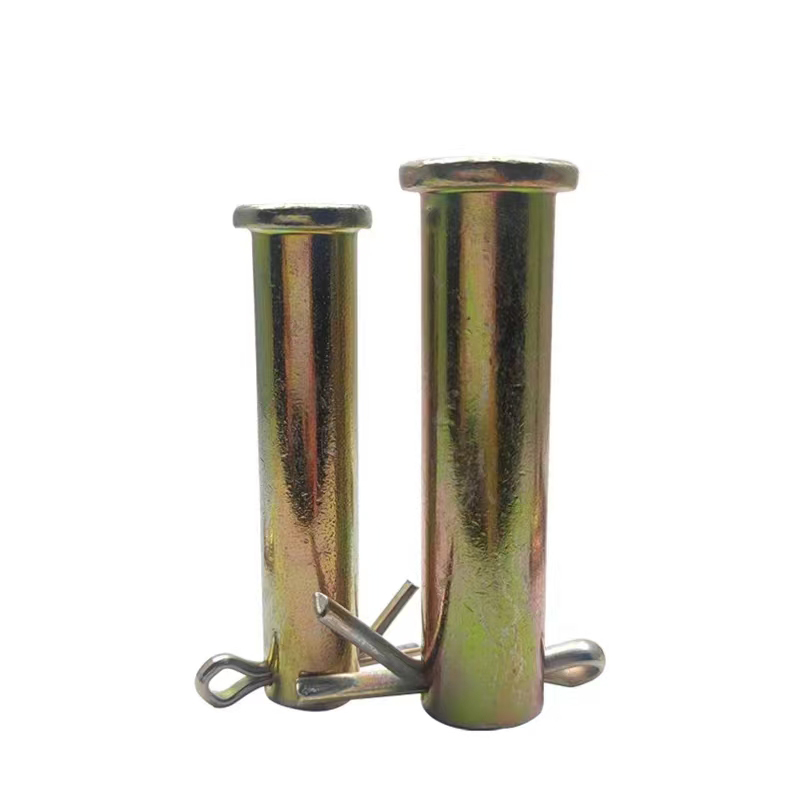 Colored zinc-plated pins
Colored zinc-plated pins -
 Stud bolts
Stud bolts -
 Electroplated zinc flange bolts
Electroplated zinc flange bolts -
 Black zinc flange bolts
Black zinc flange bolts -
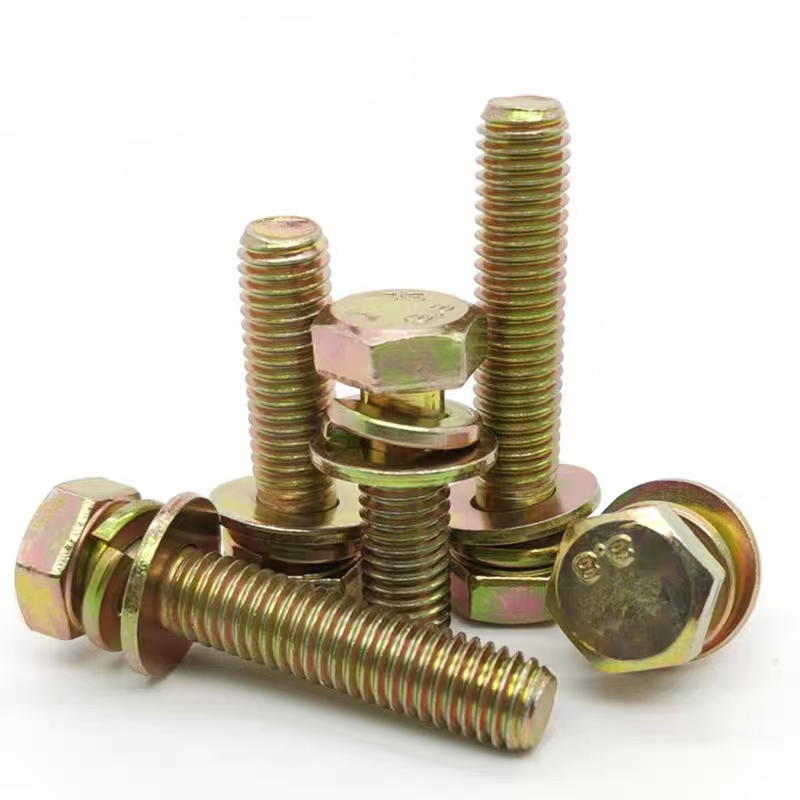 Colored zinc plated hexagonal bolts
Colored zinc plated hexagonal bolts -
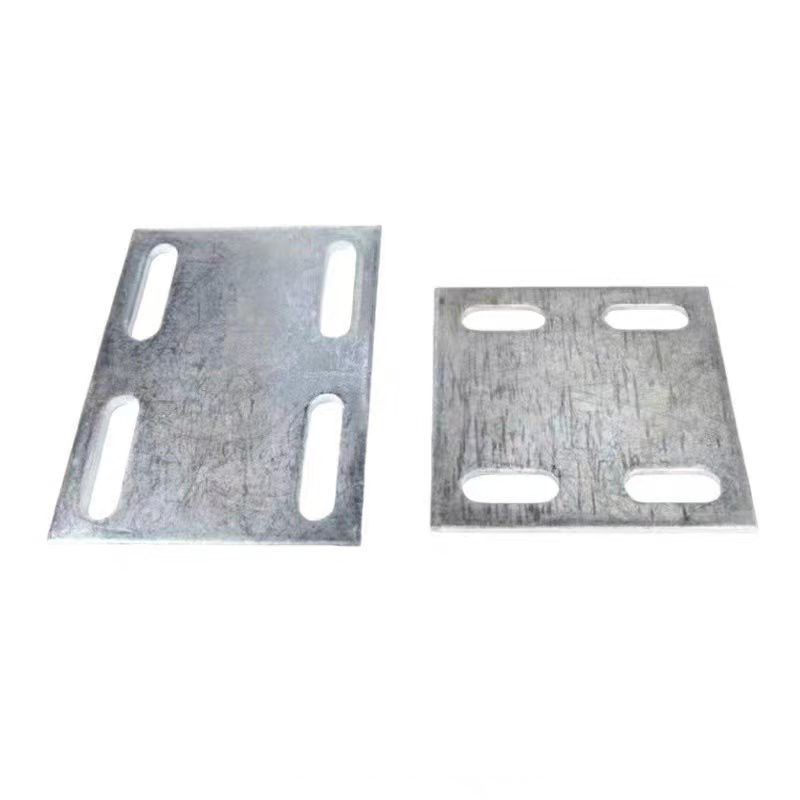 Electrogalvanized embedded plate
Electrogalvanized embedded plate -
 Electroplated galvanized flange nut (flange face nut)
Electroplated galvanized flange nut (flange face nut) -
 High-strength blackened gasket
High-strength blackened gasket -
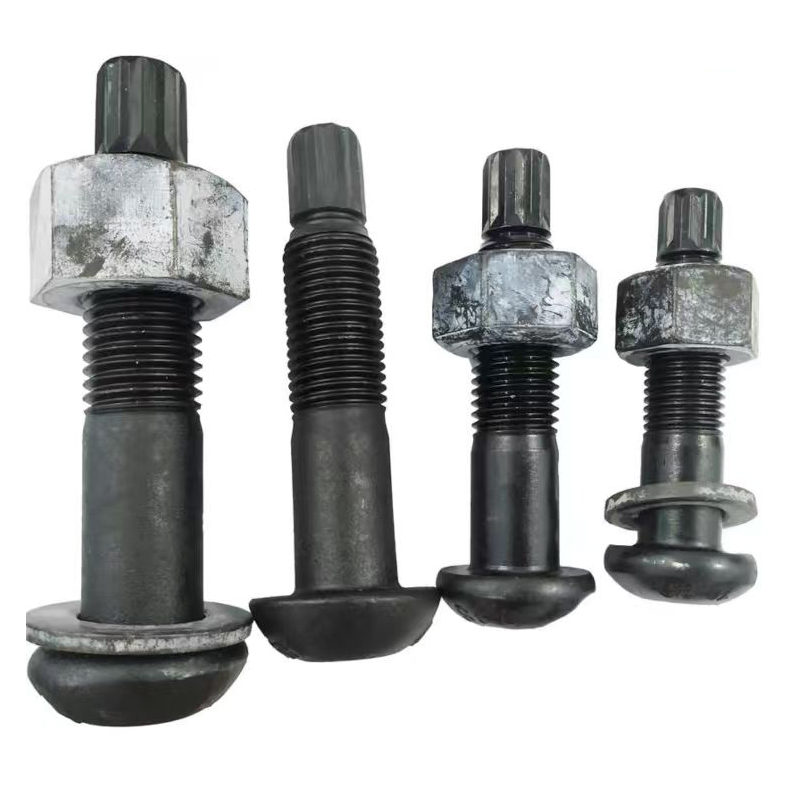 10.9S Torsion Shear Bolts
10.9S Torsion Shear Bolts -
 Hexagon socket electrogalvanized bolts
Hexagon socket electrogalvanized bolts -
 Hexagon socket hot-dip galvanized bolts
Hexagon socket hot-dip galvanized bolts -
 Electrogalvanized nuts
Electrogalvanized nuts



